The exhibition Dacia. The Last Frontier of the Roman World, which is based on the exhibition concept materialized in the project "Archaeological treasures from Romania. Dacian and Roman roots", carried out in 2021 at the National Museum of Archeology in Madrid, was opened, on Thursday, at the National History Museum of Romania.
The event was attended by the Minister of Culture, Lucian Romasscanu, the presidential advisor Sergiu Nistor, the general director of the History Museum, Ernest Oberlander-Tarnoveanu, the general director of the National Museum of Archeology in Madrid, Andres Carretero Perez.
Ernest Oberländer-Tarnoveanu, the manager of the National History Museum of Romania, said that the exhibition Dacia. The Last Frontier of the Roman World is a project that started in 2017, continued with an exhibition staged in Madrid, and will be presented to the public in Bucharest in a "wider version".
"20 years after the closing of the permanent exhibition of the National History Museum of Romania, we decided to organize a big exhibition about the Dacians in Bucharest. We gathered here the remains from 45 museums, including the National Museum of History of Romania and the Republic of Moldova, and here is another first, because it is for the first time that our colleagues from Chisinau participate in an exhibition dedicated to the common past, which is organized in Bucharest. (...) This exhibition covers almost 1,400 years of history, from the moment when we can see north of the Danube that developments are different than south of the Danube and until the moment, let's say in 681, when the Eastern Roman Empire, increasingly becoming the Byzantine Empire, undertakes the last military action and politics north of the Danube," the MNIR manager said.
Ernest Oberländer-Tarnoveanu recalled that the exhibition will go, after Bucharest, "in a transformed form" to Rome.
The manager stated that Dacia. The Last Frontier of Roman World will probably be the last big exhibition that will take place at MNIR, because consolidation works are to be carried out.
Sergiu Nistor, presidential advisor, presented the general director of the National Archeology Museum in Madrid, Andres Carretero Perez, with the decoration of the Order of Cultural Merit in the rank of Officer, category F - Promotion of Culture.
"The President of Romania, wishing to reward the merits of Mr. Andres Carretero Perez, director of the National Museum of Archeology in Madrid, as a sign of appreciation and gratitude for the important contribution made in the efforts to promote the image of our country in the Kingdom of Spain as well as the bilateral friendly relations and collaboration on multiple levels, confers the Order of Cultural Merit in the rank of Officer, category F - Promotion of Culture", conveyed presidential advisor Sergiu Nistor.
Andres Carretero Perez thanked for the decoration and mentioned that the exhibition was important because it showed the Spaniards that the Romanians have a long and interesting history.
"I very much appreciate this distinction, which I consider addressed not only to me, but to the entire staff of the National Museum of Archeology in Madrid. I believe that this distinction makes me appreciate not only the fact that what I did in Madrid is valued , but also that the Government of Romania appreciates what we did. (...) The exhibition emphasized, among other things, the links that existed between Spain and Romania, starting with the Greeks from the Black Sea and passing through the Roman period. The exhibition was also important for the fact that it proved to the Spaniards that the Romanians have a long and interesting history," Andres Carretero Perez stressed.
The Minister of Culture, Lucian Romascanu, said that the exhibition is "absolutely wonderful" and appreciated that this is "an exhibition for the public", not just for archaeologists or historians.
"It is not an exhibition strictly intended for people who do this all day - archaeologists, historians -, but it is an exhibition for people. People are the ones whom this exhibition was opened to and it was thought for people and I really want to participate in the promotion efforts, in order to have as many people as possible, as many young people as possible to come and visit it," the Minister of Culture said.
The exhibition project was designed and coordinated by the National History Museum of Romania, under the auspices of the Ministry of Culture, carried out in collaboration with 42 museum institutions from the country and the Republic of Moldova and with the support of the Friends of the Museum of Romanian History Foundation.
The exhibition will be open until March 2023.AGERPRES

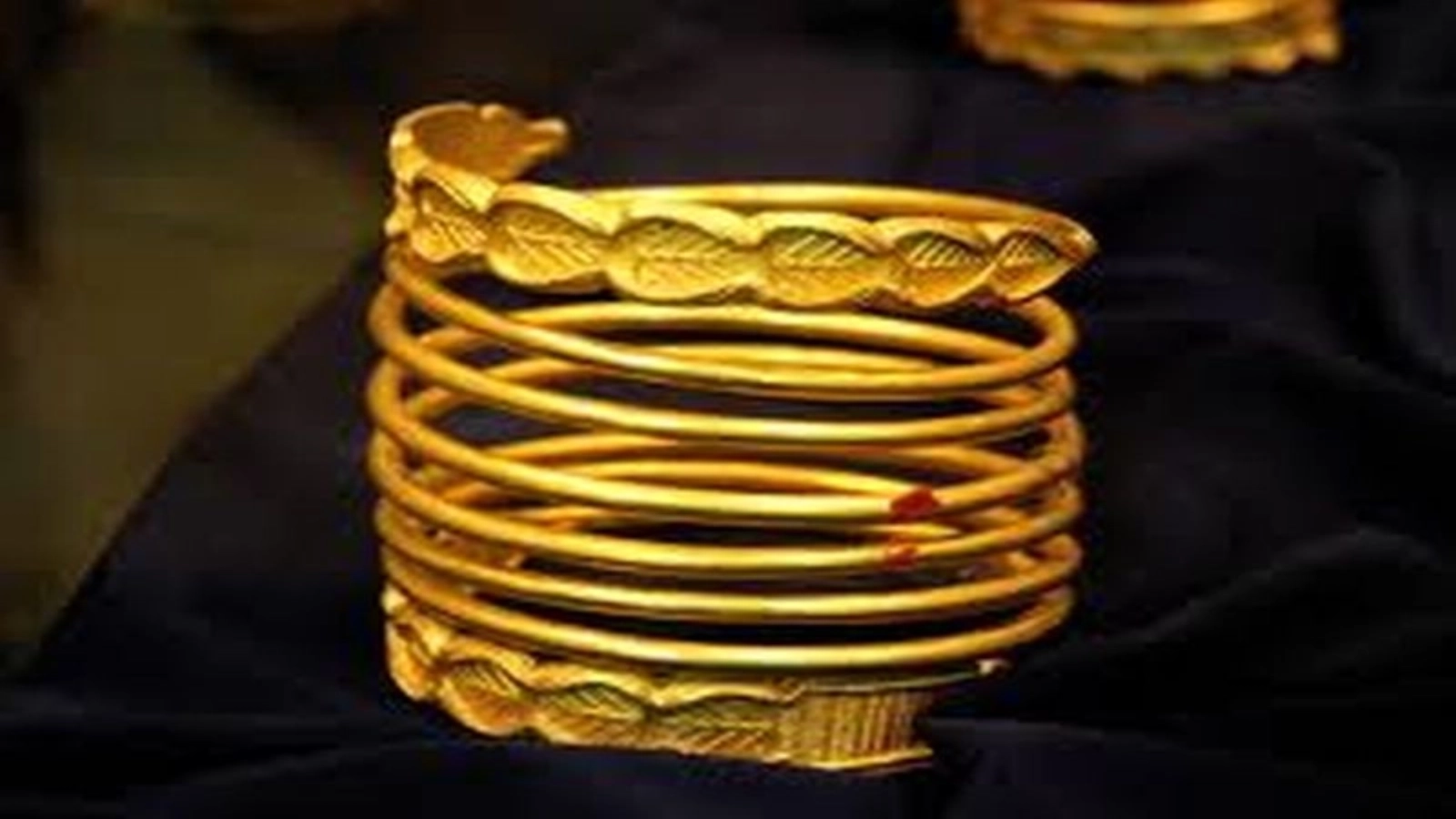



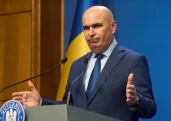
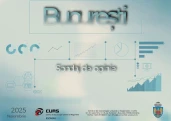
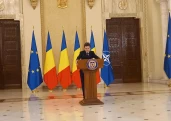
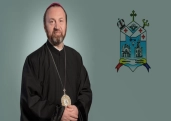
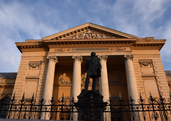

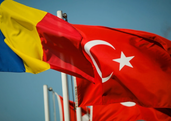
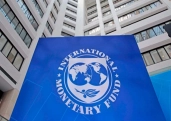
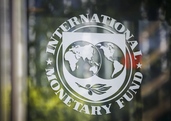
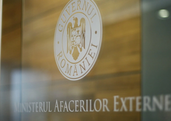
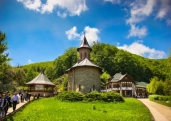
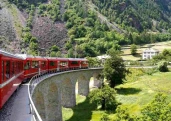



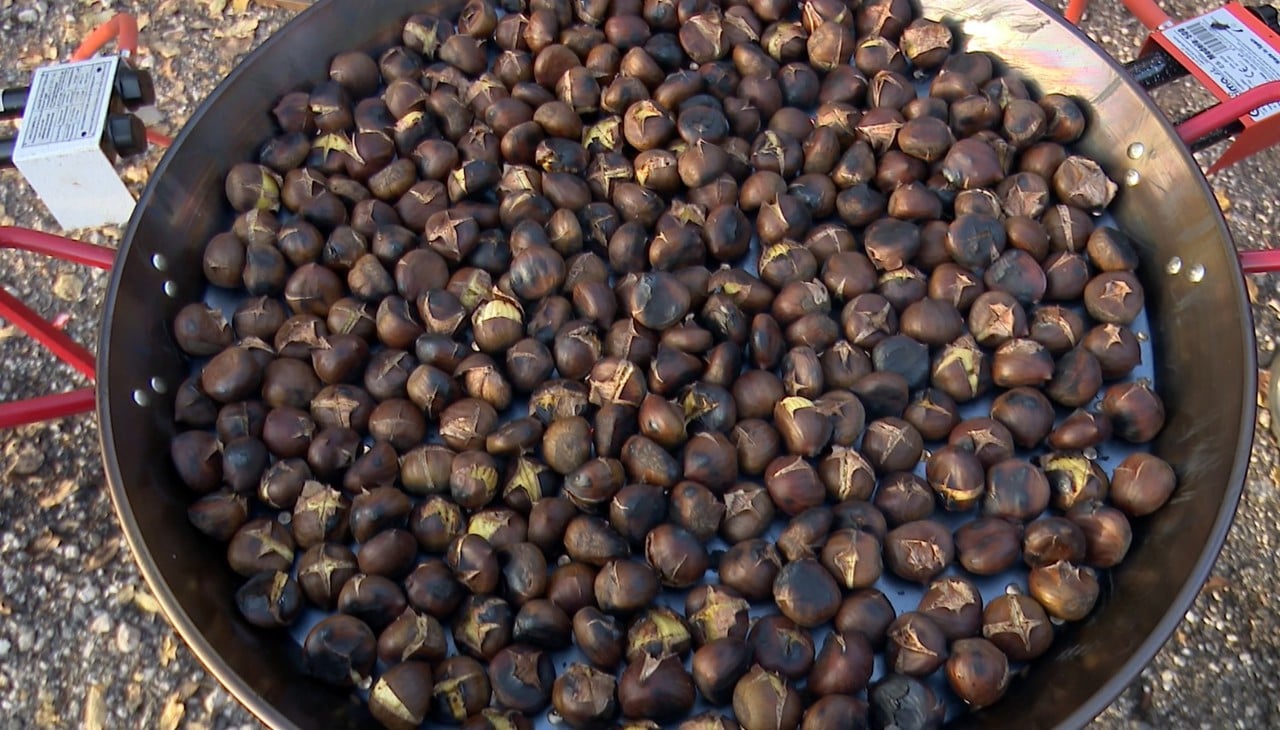

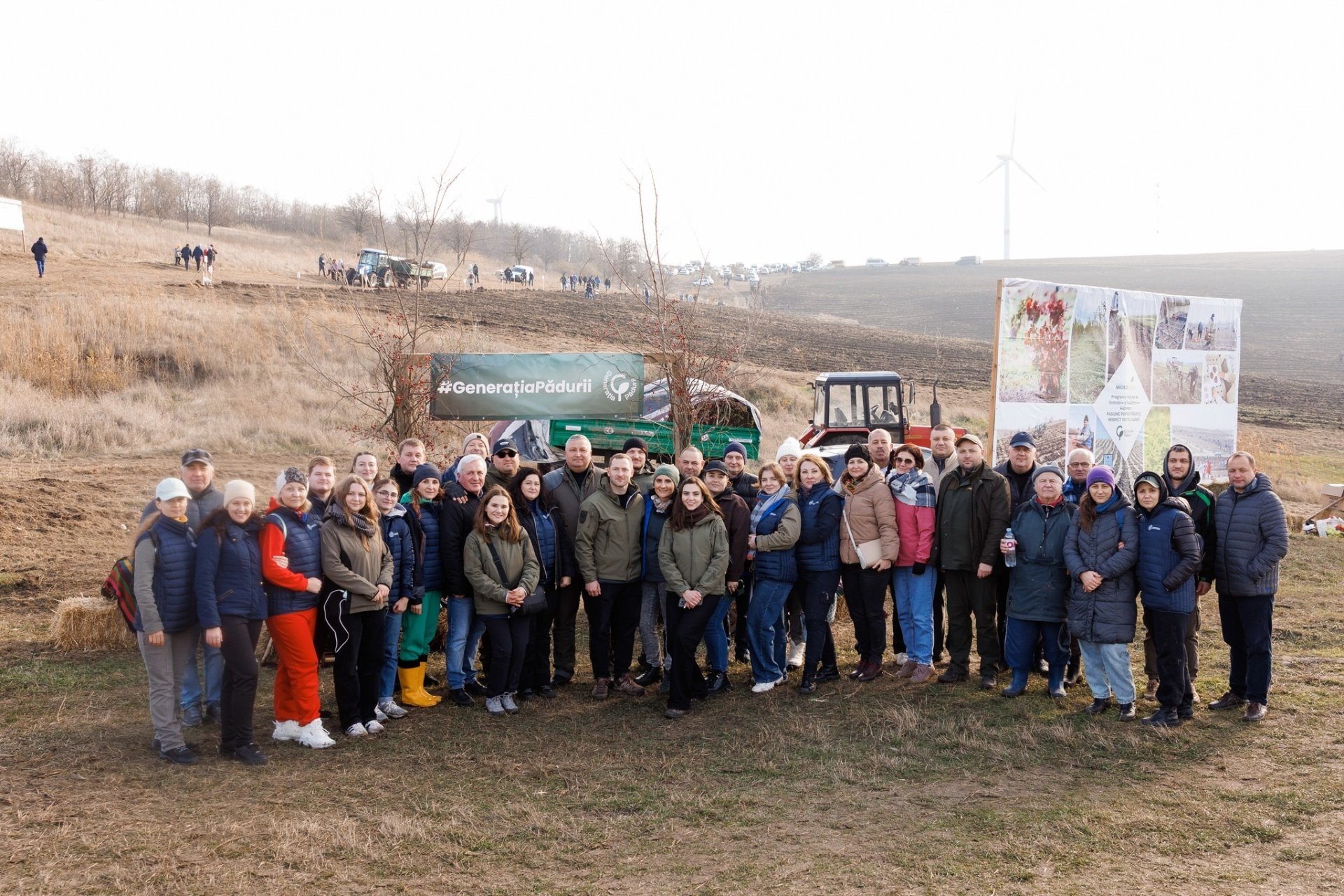









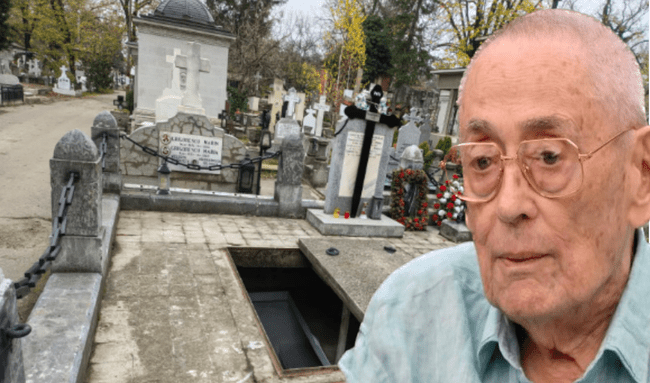
Comentează